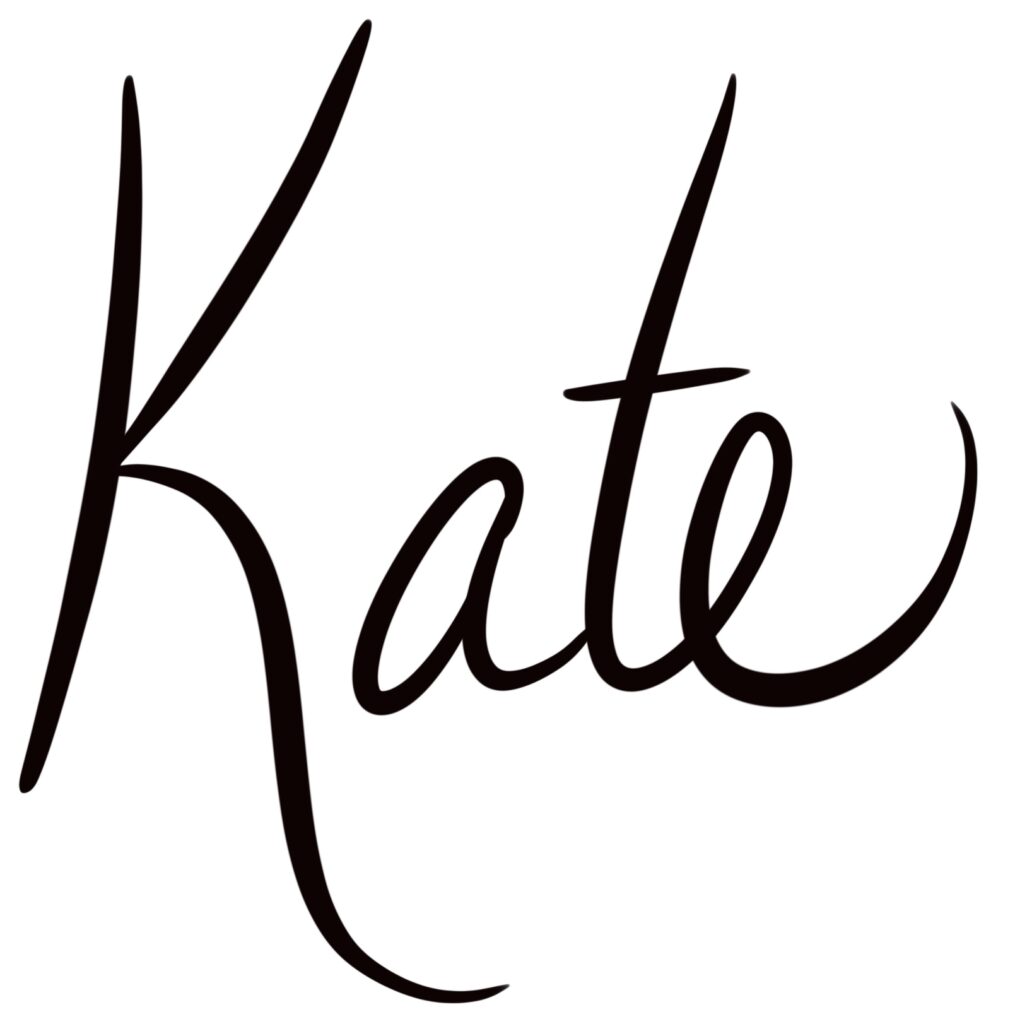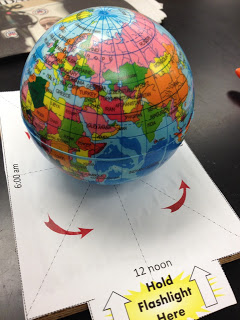Metacognition in the Middle School Classroom
Middle school kids are learning all the
time, whether or not they want to admit it.
So when Emmett’s mom asks what he
learned in science and he says, “Nothing,” she knows that response is not
representative of what actually have
happened that day. However, like many middle-schoolers, it
may be what Emmett actually perceives!
time, whether or not they want to admit it.
So when Emmett’s mom asks what he
learned in science and he says, “Nothing,” she knows that response is not
representative of what actually have
happened that day. However, like many middle-schoolers, it
may be what Emmett actually perceives!
Helping our students know
what they know is critical in middle school.
what they know is critical in middle school.
Activating students’ prior knowledge is
one
step
in the educational process that serves many functions in instruction, but is particularly
helpful in guiding the adolescent mind towards monitoring the learning process.
one
step
in the educational process that serves many functions in instruction, but is particularly
helpful in guiding the adolescent mind towards monitoring the learning process.
Activating Prior Knowledge
Children learn through new
experiences that contradict prior knowledge.
Therefore, it is important to help students
identify
their previous understandings before helping them reach new ones.
When students
must identify what they know about a topic, they JUMP-start the
process of learning. With “what
do I know?” comes “what don’t I know?,” a
question that prompts curiosity.
experiences that contradict prior knowledge.
Therefore, it is important to help students
identify
their previous understandings before helping them reach new ones.
When students
must identify what they know about a topic, they JUMP-start the
process of learning. With “what
do I know?” comes “what don’t I know?,” a
question that prompts curiosity.
In science, the “unknown” is
particularly powerful, as it leads to investigation and discovery!
particularly powerful, as it leads to investigation and discovery!
Using Prior Knowledge In Instruction
We used to think activating prior
knowledge served mainly the teacher, as a means of collecting data to inform pacing
and
content instruction. Now
we know that if we can activate students’ prior knowledge, they are more
likely to become a self-regulating
learner.
knowledge served mainly the teacher, as a means of collecting data to inform pacing
and
content instruction. Now
we know that if we can activate students’ prior knowledge, they are more
likely to become a self-regulating
learner.
According to this 2018 article, metacognition is a skill that sets our higher-performing students apart from their peers. When they think about their thinking, they reach impactful understandings about their own learning processes. Once students can identify what they know about a topic, leading them to “how” they know it is a natural next step that leads them to higher achievement.
Strategies for Activating Prior Knowledge in The Upper Grades
The Next Generation Science Standards emphasize the use of phenomena in teaching science content. This strategy involves students USING science knowledge to explain events in the natural and design world. Although it can be tempting to explain the “answer” to students, resist the urge! When students are given opportunities to wrestle through challenging content, they are much more in tune with their own learning! I used this density bottle demonstration on the first day we started our unit. Students were SO engaged and really wanted to know WHY the beads don’t mix, separate to top and bottom and then slowly move to the middle. They left class wanting more! As we learned about density over the next week, students began to say Ah Ha! I know!!!
Puzzles are a quick way to get students “thinking about their thinking”. They automatically tap into background knowledge and begin constructing a visual on which to add new learning. Have you ever started a lesson with a puzzle?
On the first day of our Great Lakes Ecology Unit, I gave each pair of students (smaller groups work best for puzzles) a map of the Great Lakes that was cut into puzzle pieces. Their task was to put the puzzles together and if time permitted discuss what they already knew about the region. This can be done with any science diagram and is a sure-fire way to engage kids from the start! (Be sure to save the pieces in plastic bags to use year after year!)
Students take time to build on old knowledge and construct new knowledge. Classroom visuals help remind students of their progress and review essential concepts along the way. I’ve found that keeping visuals out for multiple days (sometimes weeks) helps kids with the process. Here is a visual I used when we are exploring the difference between mass and volume.
We pass these 2L bottles around so that students can feel the difference in their mass and see the similarity of their volume. As we work through the unit I keep them on my front table as a reference for when kids are struggling. Returning back to this visual is helpful as students construct their knowledge of physical properties of matter.
If we want students to think about their thinking, then we have to engage them in the process. (Every student, not just the few kids who always raise their hands.)
Photo by Munpa Gallery on Unsplash
Try starting a lesson with 3-5 “vote with your feet” statements. Here’s how it works:
Tell students to listen closely to your statement. For example: “There are over 100 different kinds of atoms.” If they think it is true they should stand by the door. If they think it is false they should stand by the windows. If they aren’t sure YET (YET…stress the YET!) they should stand by the board. Remind students they must move silently. Once students have made their choices, I have them quietly go back to their seats. Yup….I DO NOT TELL THEM THE RIGHT ANSWER! This is key for having middle school kids monitor their own learning. Kids are naturally curious and will want to know if they are “right.” I tell them “I’m so glad you are curious! You will know the right answer by the end of the lesson!”
We often use games for review and reinforcement, but they can be a powerful way to tap into prior knowledge at the start of a lesson. Splat is a low-prep, 5 minute vocabulary engagement game. Start by picking 10 or so words that relate to your learning goal. Write the words on the board or on cards that students spread on their tables. Read aloud the definition or a description. Students compete to be the first one to “splat” the word. Here is a picture of doing this on the board with fly-swatters, but I really like to also have ALL kids participating at their desks too (minus the swatters of course).
Looking for more ideas for activating prior knowledge? Here are some free materials to get you started:
Ecosystem Splat Directions (free download)
Scientific Procedure Card Sort (free download)
Thanks for visiting Kate’s Classroom Cafe (KCC Resources)
Join up for more middle school instruction ideas:
* indicates required
Email Address *













